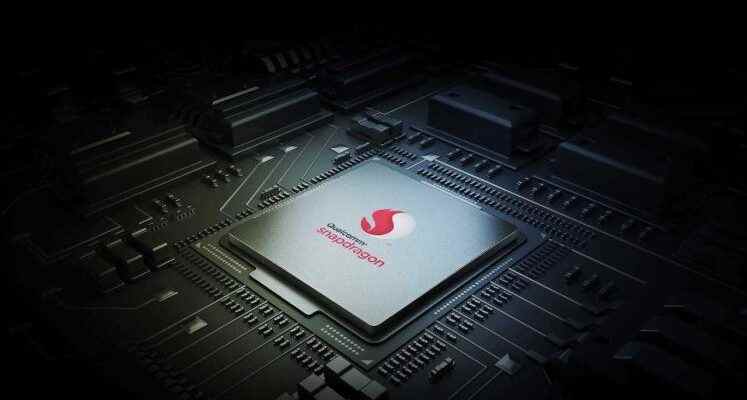Snapdragon has now evolved into an ISP brand that comes with a variety of professional-oriented features. But thanks to its developed technology and high efficiency, it can appeal to even ordinary users. Introduced today, Snapdragon 8 Gen 1 brings with it notable improvements in performance and power efficiency for the CPU and GPU.
Snapdragon attack from Qualcomm!
Qualcomm’s new ISP can now handle 3.2 gigapixels per second. This value was 2.7 gigapixels in its predecessor, the Snapdragon 888. Combined with other enhancements and optimizations, this means it can take 240 12 Megapixel photos per second. At this point, we come across with twice the performance of the 888.

Of course, 12 Megapixels has become an obsolete lens. Today, smartphones have reached 3-digit levels. For this reason, if used on a current 108 Megapixel camera phone, it can take full resolution photos 30 times per second.
Optionally, by connecting to three different cameras at the same time, the option of 3×36 Megapixels can also be applied, provided that there is still 30 shots per second. Obviously, this seems to contribute to the burst mode the most. However, it remains completely open to optimization by companies.

Qualcomm redesigned the ISP to run at 18 bits per channel instead of 14 bits. This is also driven by the use of HDR, which is an impressive improvement in dynamic range (4 stops). In addition, the chipset can export uncompressed 18-bit RAW for editing so professionals can use every ounce of data captured by the image sensor.
Hardware processing video recording is similarly enhanced. The maximum resolution still appears to be 8K at 30fps. But now it supports HDR (both HDR10 and HDR10+) in this way. In addition, users will be able to take 64 Megapixel photos while recording videos at this resolution.

In addition, you can actively use the Electronic Image Stabilization (EIS) feature during all these processes. If you are shooting 4K, you will now be able to create a bokeh effect in the background while shooting your videos, thanks to the new hardware engine.
Thanks to the Mega Multi Frame Engine, night modes on phones will also be greatly improved. However, while images up to 6 frames were combined in the past, this number has now been increased to 30. Thanks to another feature called Video Super Resolution, the quality of digital zooms will increase.

Qualcomm has also partnered with Leica to develop software that emulates filters that accurately recreate the behavior of classic Leica lenses and the appearance of images captured by them.
The engine dedicated to ultra-wide cameras (which handles things like deskew the image) now also runs a filter to remove chromatic aberration. In this way, problems such as tonal differences that will occur between the shots we take with our main camera will be eliminated both on the photo and video side.

AI systems were already being used for automatic exposure and focus assist. But now, with the improved speed, it can detect face with high accuracy. In this way, while its predecessor monitors 150 different points on the face, this processor doubles its performance and makes 300 detections. This is expected to increase the accuracy of 3D animoji avatars in particular.
Snapdragon 8 Gen 1 actually has a fourth ISP. The task of this unit is to enable the always-on camera features. In this way, it will be able to activate some privacy features as well as face unlock modes. For example, if you’re sharing your screen with someone, your notifications will be automatically muted. Similarly, if someone is spying over your shoulder, it will be able to detect it too.

Of course, this always-on camera also comes with some privacy concerns. But Qualcomm says it takes them seriously, that no data from the ISP will leave the device, and that the Snapdragon chip is protected with new security features. In addition, although this feature comes with the processor, it will be in the hands of smartphone manufacturers whether to use it on their devices or not.
The artificial intelligence engine in the new Snapdragon 8 gen 1 processor can do its work 4 times faster with 70 percent higher power efficiency. Future AI models will also benefit from mixed precision mode support, which allows this neural network to mix INT8 and INT16. In other words, improvements and developments on new generations will be much easier than this model.
What do you think about this subject? Don’t forget to share your views with us in the comments!
